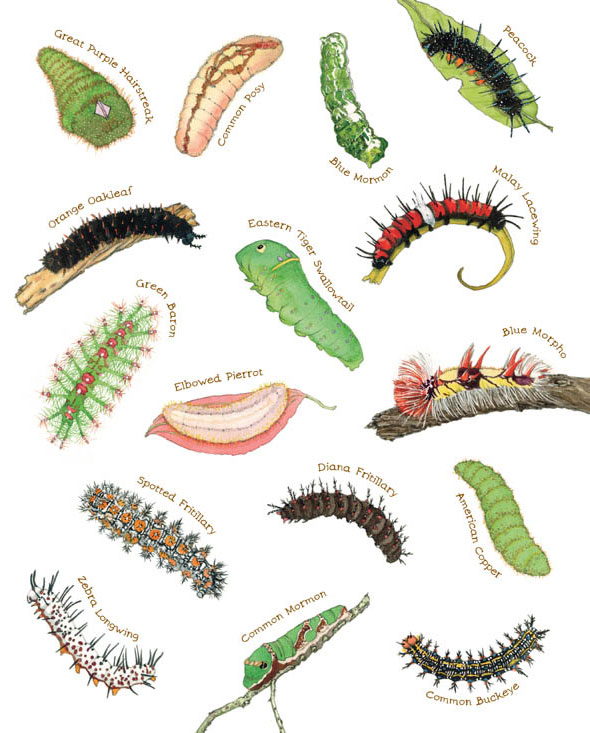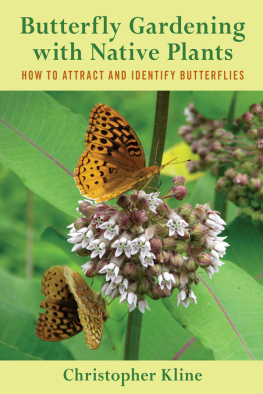

Text 2011 by Dianna Aston.
Illustrations 2011 by Sylvia Long.
All rights reserved. No part of this publication may be reproduced in any form without written permission from the publisher.
ISBN: 978-1-4521-3453-6 (mobi fixed format)
ISBN: 978-1-4521-3459-8 (epub fixed format)
ISBN: 978-1-4521-3456-7 (epib fixed format)
ISBN: 978-1-4521-3312-6 (epub and web pdf)
The Library of Congress has cataloged this title under ISBN: 978-0-8118-6479-4
Chronicle Books LLC
680 Second Street, San Francisco, California 94107
www.chroniclekids.com


For my Sri Lankan friend and diviner of codes, Dilshan Madawala. D. A.
For my fatherFrank J. Carlisle, Jr.the blue-eyed sailor, who is my source for all things wise and wonderful. Among other things, he taught me the value of an interest in the natural world and our place in it. S. L.
ACKNOWLEDGMENTS:
Victoria Rock, editor, and Sara Gillingham, book designer,
for their wisdom and dedication to quality in childrens books.
Jeffrey S. Pippen, Nicholas School of the Environment, Duke University; Nicky Davis, Wild Utah Project, Butterflies and Moths; Linden Gledhill, photographer, Philadelphia, PA; Adrian Hoskins, LearnAboutButterflies.com, Hampshire, England; Teh Su Phin, Panang Butterfly Farm, Malaysia; Lizanne Whiteley, Conservation of Butterflies in South Africa; Robert N. Wiedenmann, Dept. of Entomology, University of Arkansas; Silvia Mecenero, South African Butterfly Conservation Assessment; Steve Woodhall, President, Lepidopterists Society of Africa; Jean-Claude Petit, Butterflies of Sangau National Park, Ecuador; Niklas Wahlberg, Dept. of Biology, University of Turku, Finland; Andr Victor Lucci Freitas, Universidade Estadual de Campinas, So Paulo, Brazil; Museum Victorias Discovery Centre, Victoria, Australia; Gareth S. Welsh, Butterfly World, Stockton-on-Tees, England; Thomas Neubauer, ButterflyCorner.net, Germany; John J. Obrycki, Chair, Dept. of Entomology, University of Kentucky; Halmar Taschner, South African Nursery Assoc.; Melani Hugo, Butterfly Garden at Ludwigs Rose Farm, Gauteng, South Africa; Tim Loh, British Columbia, Canada
A butterfly is patient.

It begins as an egg beneath an umbrella of leaves, protected from rain, hidden from creatures that might harm it... until the caterpillar inside chews free from its egg-casing, tiny, wingless, hungry to grow.
A butterfly is creative.

A caterpillar feeds on leaves, eating so much that it must molt , or shed its skin, many times. It can grow up to 30,000 times larger than it was when it took its first bite.
Once a caterpillar has eaten all that it needs, it creates a protective covering called a chrysalis . Curled inside the chrysalis, it is growing wings. Now it is time for metamorphosis , changing from one form to another.
A butterfly is helpful.

Butterflies, like bees, help pollinate plants so that they can reproduce, or make seeds. As a butterfly flits from flower to flower, sipping nectar, tiny grains of pollen cling to its body, then fall away onto other flowers. Seeds are only produced when pollen is transferred between flowers of the same species. This is called pollination .
A butterfly is protective.

Butterflies use their wings to protect themselves from predators such as hungry birds, lizards, and other insects. Some butterflies have markings on their wings called eyespots . Scientists dont know what they are used forperhaps to scare away predators or attract mates!
Wings can help butterflies camouflage , or hide, themselves in the environment. One kind of butterfly, the peacock butterfly, makes a hissing sound by rubbing its wings together when it is alarmed.
A butterfly is poisonous.

The warning colors of some butterflies wingsyellows, reds, oranges, whites, and blackstell predators that they are poisonous or bad-tasting. Monarchs and Pipevine Swallowtails eat poisonous plants as caterpillars so that they become poisonous as adults. Birds and other insects have learned not to eat them!
A butterfly is spectacular!

A butterfly is thirsty.

To find flowers, butterflies smell the air with their antennae. They taste with their feet but sip nectar, the sweet liquid produced by many flowers, with a proboscis , a tongue that coils and uncoils.
Some butterflies get their nourishment from rotting fruit ( Blue Morpho ) or minerals. Often, a kaleidoscope of butterflies gathers as a puddle club in mud near a pond or a lake to drink water rich in salts and minerals.
A butterfly is big... and tiny.

The rare Queen Alexandras Birdwing is the largest butterfly in the world, with wings that can span up to 1 foot (30.4 cm). It lives in the rain forest in northern Papua New Guinea.
The smallest is the rarely-seen Arian Small Blue found in Afghanistan with a wingspan of less than one third of an inch (8 mm), about the length of a grain of rice.
A butterfly is scaly.

A rainbow of shiny, powdery scales covers the wings of a butterfly, scales stacked like shingles on a roof. Without scales, its wings would be as transparent as the wings of a bee or a dragonfly.
The colors, patterns, and shapes of a butterflys wings have a purpose. Some use their pattern of colors to attract mates. In places where the climate is cool, dark scales absorb heat from the sun, warming the butterflys flight muscles. Butterflies are cold-blooded and must have a body temperature of 86 degrees F (30 degrees C) to fly.
A butterfly is not a moth!

Next page






















